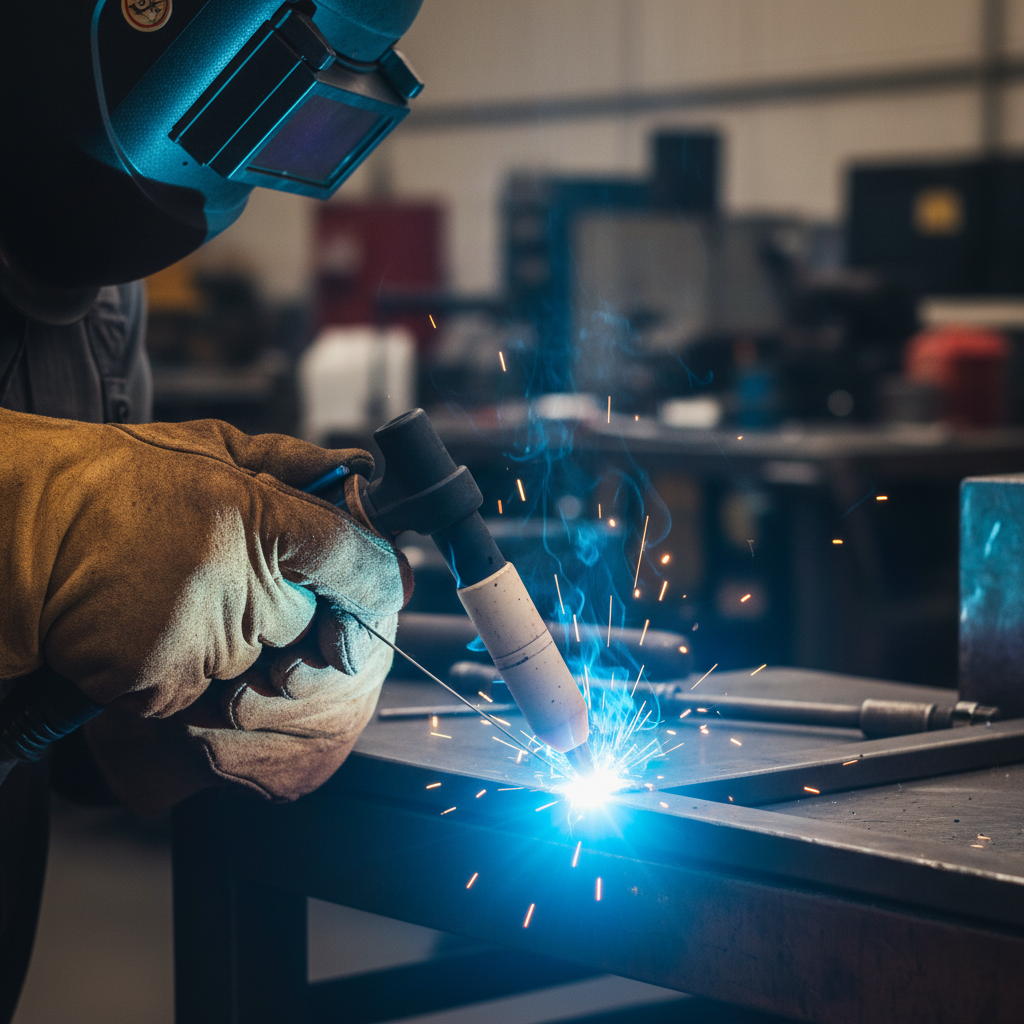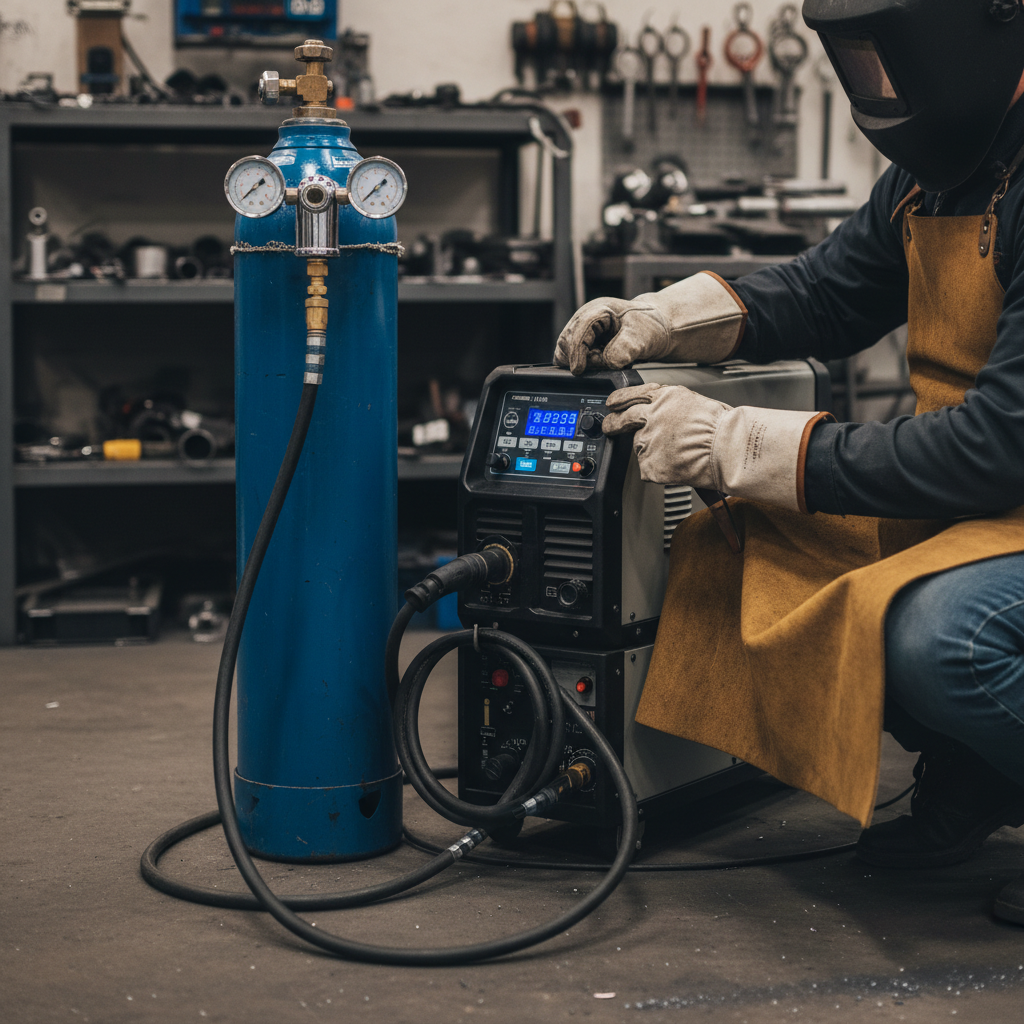How To Prevent TIG Tungsten Contamination
How to Prevent TIG Tungsten Contamination
Understanding TIG Welding and Tungsten Contamination
Tungsten Inert Gas (TIG) welding is a precise welding process utilized in various industries for its ability to produce high-quality welds. Often, one of the challenges faced by welders is tungsten contamination, which can compromise the weld integrity. Understanding what causes contamination is crucial in preventing it and ensuring the desired weld quality.
Contamination occurs when foreign materials from the environment, workpiece, or even from the electrode itself come in contact with the weld pool. This can lead to defects in the weld, such as porosity, inclusions, and poor mechanical properties. By knowing the common sources of contamination, welders can take proactive measures to avoid them.

Proper Electrode Preparation
The preparation of the tungsten electrode is a critical step in preventing contamination. An improperly prepared electrode can introduce contaminants into the weld pool. Proper grinding techniques and cleanliness are essential to maintaining a clean electrode surface.
Grinding Technique
When grinding tungsten electrodes, always grind longitudinally, not radially. Longitudinal grinding ensures that the grind marks run parallel to the electrode's length, improving arc stability. Use a dedicated tungsten grinder or a wheel made of diamond or borazon to avoid contaminating the electrode with materials from other metals.
- Always grind the electrodes on a dedicated wheel to prevent cross-contamination.
- Clean the electrode with alcohol or an appropriate cleaner before use.
- Store prepared electrodes in a clean, dry environment.
Shielding Gas: Purity and Flow Rate
Shielding gas is essential in TIG welding to protect the weld pool from contaminants in the atmosphere. Argon is the most commonly used gas, but it must be clean and dry. The flow rate also plays a significant role in preventing contamination during welding.
Choosing the Right Gas
Ensure that the gas tank and lines are free from moisture and impurities. Always use high-quality argon or argon-helium mixes as they help maintain a stable arc and protect against contamination. Check for leaks in the gas line regularly to prevent exposure to atmospheric air, which can introduce contaminants.

Maintaining a Clean Work Environment
The welding environment plays a huge role in the prevention of tungsten contamination. A clean workspace minimizes the risk of dust, dirt, and other impurities from affecting the weld pool.
Regularly clean the work area and all welding equipment. Avoid the presence of oil, grease, or rust on the workpiece as they can be significant sources of contamination. Use a wire brush or grinder as necessary to ensure all surfaces are clean before welding.
Avoiding Contact with Foreign Materials
During welding, it's crucial to avoid contact between the tungsten electrode and other materials that can lead to contamination. Common culprits include touching the electrode to the filler rod, workpiece, or any foreign objects.
- Maintain a stable and consistent distance between the electrode and the workpiece.
- Lift the filler rod off of the workpiece slightly before introducing it to the weld pool.
- Practice steady hand control to prevent electrode dipping.
Regular Maintenance of Welding Equipment
Regular maintenance of TIG welding equipment can prevent contamination effectively. Clogged or worn-out components can lead to metal particles or other contaminants being introduced into the system.
Inspect hoses, gas lines, and clamps for any signs of wear or damage. Replace worn-out parts promptly to ensure the purity and flow of shielding gas. Regular maintenance checks help in identifying potential sources of contamination before they become problematic.
Conclusion
Preventing TIG tungsten contamination requires attention to detail and adherence to best practices. By taking proactive measures such as properly preparing the electrode, maintaining adequate shielding gas flow, keeping a clean work environment, avoiding contact with foreign materials, and performing regular equipment maintenance, welders can significantly reduce the risk of contamination. Ensuring these steps are followed can lead to higher quality welds and more efficient welding processes.